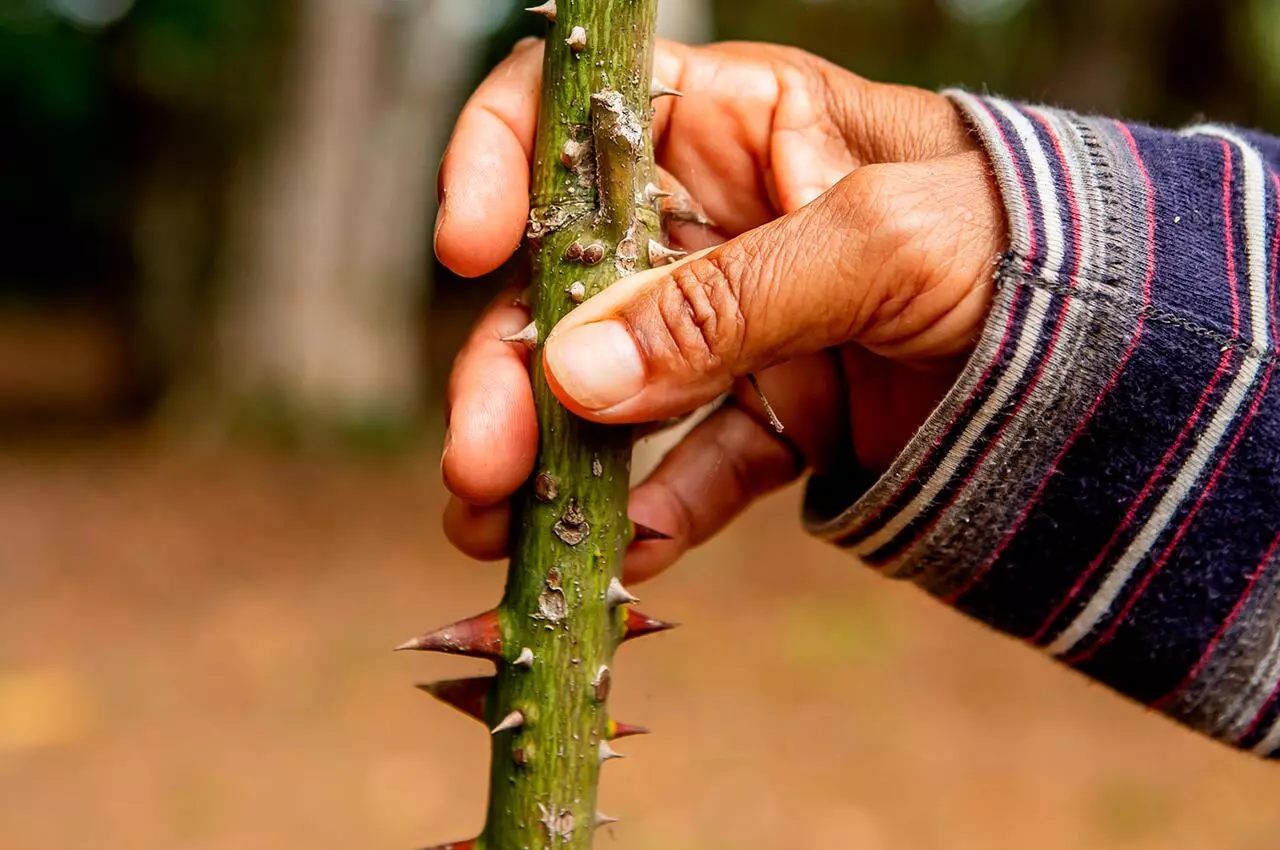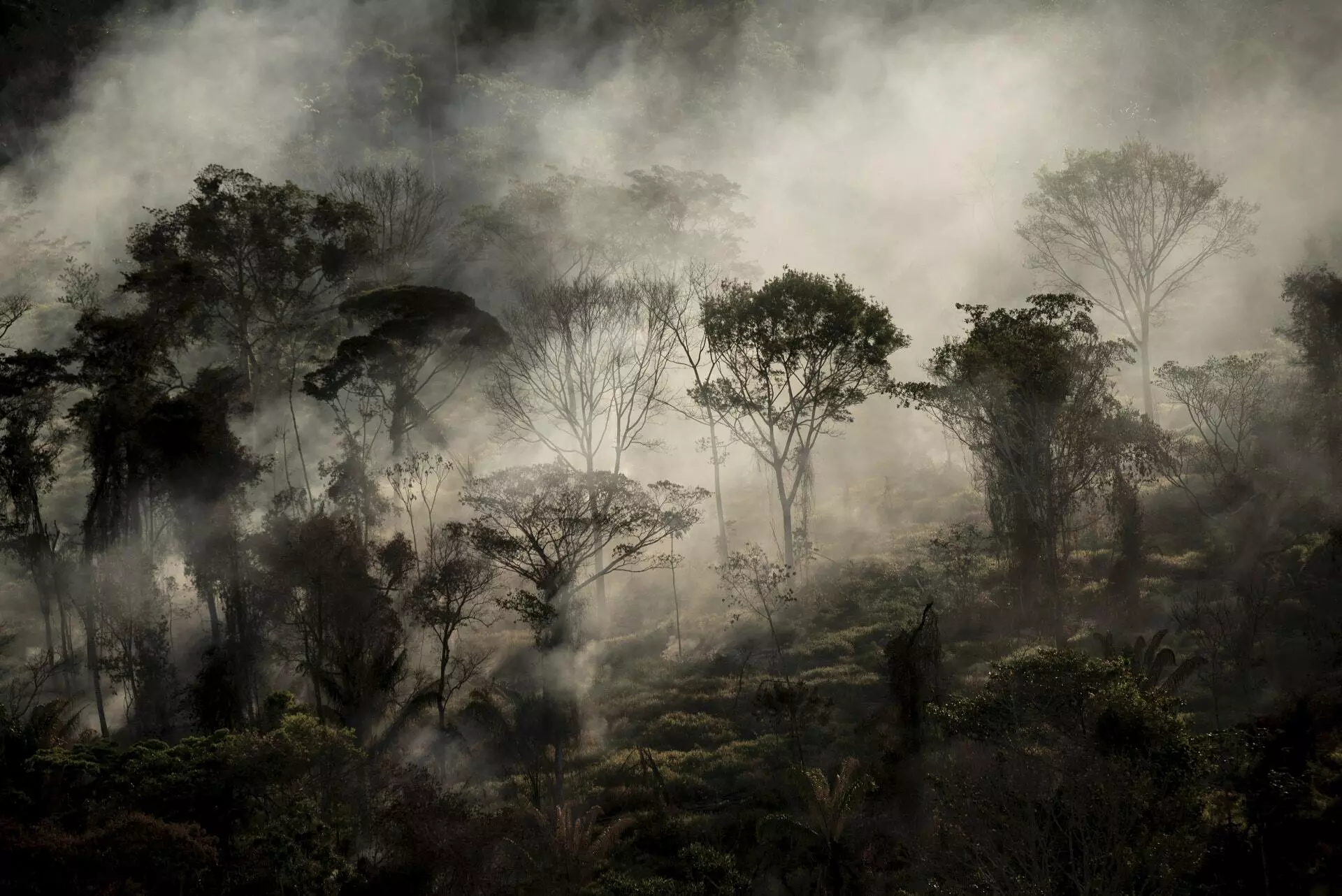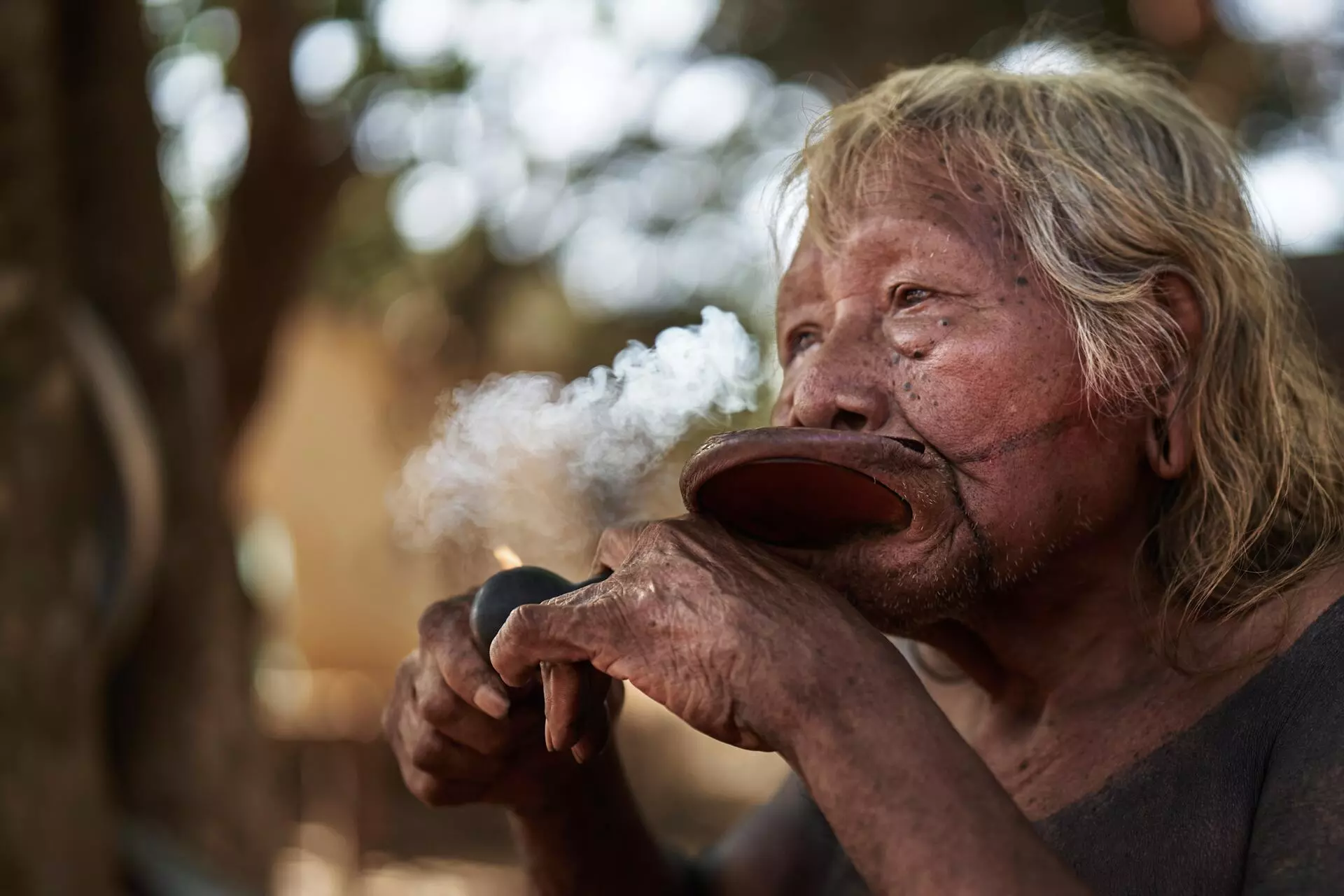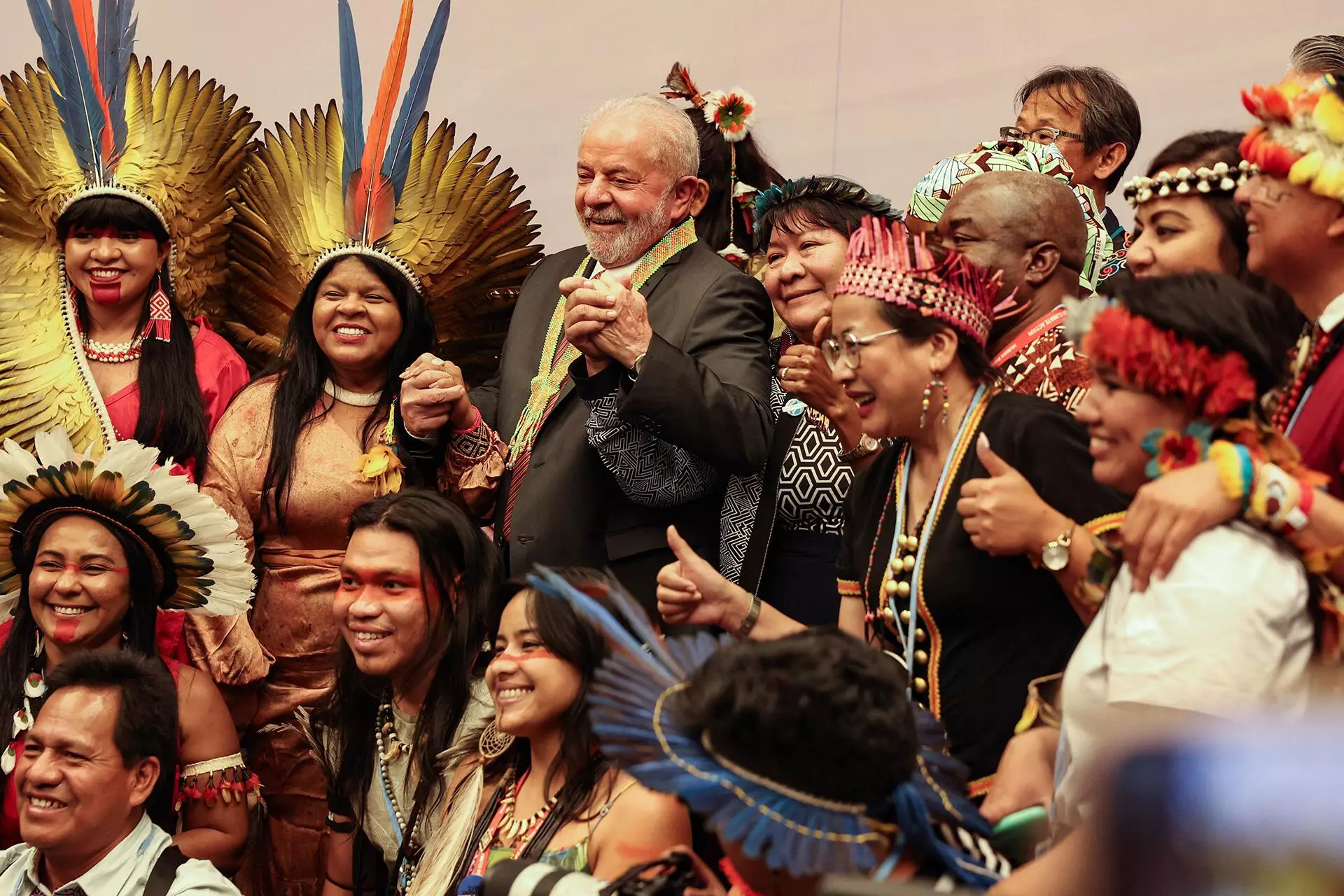Special to SUMAÚMA
When the three countries responsible for more than half of the world’s tropical rainforests signed a pact last month, it generated excitement across the world. Brazil, the Democratic Republic of Congo and Indonesia have been notorious champions of deforestation in recent decades but their coming together was welcomed as a potential turning point.
The timing helped to explain the upbeat interpretation. The news broke just after the election victory of Luiz Inácio Lula da Silva in Brazil and just before the opening of this year’s United Nations climate conference, COP27 in Sharm el Sheikh, Egypt. Momentum, it seemed, was finally moving in a positive direction for the world’s rainforests.
But, having returned from COP27 and done some more digging into the origins of the agreement, I have to report that while this agreement could become a force for good, that is not yet a given. The alliance is not a Lula initiative. It was under discussion for years and has been approved by the Bolsonaro administration. The question now is how Lula can use it.
In the corridors of COP 27, the unveiling of the alliance came across, if I am honest, as somewhat strange. The Guardian newspaper broke the news of the initiative and said talks were under way between the three mega-diverse powers. It said the alliance was being seen as a kind of “OPEC of the Forests.” This nickname was poorly received because it drew a parallel with a cartel of fossil fuel producers, which has a primary goal of ratcheting up oil prices. Would the new forest alliance aim to do the same for carbon credits? The political overtones were equally bad. “OPEC countries are – like Brazil under the current government – not living in the best moment for democracy”, said an observer.
Forests certainly gained welcome prominence at the Sharm El-Sheikh meeting, but it was not here that the trinational pact was signed, but 9,551 kilometers away in Bali on the sidelines of a G20 conference hosted by Indonesia. It was there that the three governments agreed on a shared agenda to cooperate on the environment, facilitate trade and development policies focused on sustainable production of commodities and negotiate a new financing mechanism in the United Nations Convention for Biological Diversity. The Forest Alliance begins like this, with mystery, political constraints, doubts and intrigue.
This is not the first attempt at a forest pact. At the 1992 Earth Summit in Rio De Janeiro, the possibility of a framework convention on forests was discussed but there was no consensus. This was partly because not every country in the world has forests and the Brazilian government did not look favorably at the prospect of forests being, shall we say, internationalized. Ultimately Rio 92 produced powerful framework conventions on the climate, biodiversity and deserts, but only a weak declaration on forests that left the matter on hold. In the years since, science has proven the strategic role of forests in climate security and the issue has risen up the agenda. The 2015 Paris Agreement called on carbon markets to be restructured to guarantee incentives for forests, an issue that has not yet been effectively implemented.
Outside the United Nations, other initiatives have drawn rainforest nations together. The Amazon Fund, which is predominantly Norwegian money, aims to devote up to 20% of resources for cooperation between countries in the Amazon, the Congo basin and the Mekong, in Southeast Asia. Brazil’s National Institute for Space Research also began training people from other Amazon nations to monitor deforestation rates. Talks about a trilateral pact have been bubbling away for some years.
Perspectives on forests have advanced in the last 30 years from the sidelines to a more central role. At COP 26, in Glasgow, 110 nations and many private sector leaders committed themselves to a long list of forest commitments, headlined by a promise to eliminate deforestation by 2030. However, as we have seen in the Brazilian Amazon, the reality on the ground is very far from this target.
It was also in Glasgow that representatives from Brazil, Indonesia and the Democratic Republic of Congo (named by some as the BIC group) met and signed a “Forest Power on Climate Action” initiative, as a way to increase the influence of forest countries in climate negotiations. This was supported by the Bolsonaro administration. The idea was to move forward with this in Sharm El-Sheikh, but the election in Brazil changed the political dynamics.
Why was the forest alliance signed in Bali rather than Sharm el-Sheikh? One source said it was about the optics: “The Indonesians found a good excuse to launch the communiqué formalizing the alliance in Bali, at the opening of the G20, giving more relevance to the meeting”. Another theory is political embarrassment. Nobody at COP27 wanted to be associated with the outgoing Brazilian government, which has an appalling record for forest preservation, indigenous rights and biodiversity. It has overseen a decline of the Amazon almost to a point of no return, after which the forest can no longer regenerate. At the G20, which has more of an economic than an environmental focus, appearances may have been less of a concern. There it was not the environment minister who signed on 14 November, but the Brazilian ambassador to Indonesia.
The six-page communique, which outlines the scope of the pact, has an economic tone and is a little recalcitrant. In the bureaucratic terms of international diplomacy, it “underlines”, “recognises” and “highlights” the importance of ensuring the integrity of ecosystems, the concept of “climate justice”, the potential of products based on biodiversity. It is through payment for ecosystem services that it expects to “add value to the conservation, recovery and sustainable management of forests and engage the private sector, indigenous peoples and local communities”. The text also mentions payment for avoided deforestation (such as the Amazon Fund) or Redd+, which is the incentive mechanism for countries that reduce greenhouse gas emissions from deforestation or forest degradation.
The focus on sustainable forest management and conservation, the “bioeconomy for healthy people and forests” and the recovery and restoration of critical ecosystems are described in the text – but the words do not excite. The tone of the statement is restrained and relativized, almost fearful. It does not sound like an bold new attempt at protecting the forest and improving the livelihoods of its people. Neither does it sound like a turning point. Was this because the Lula administration has yet to have a say in its drafting and operation? Or was this because the alliance is attempting to do something new and nobody knows what it will become.
It is to be hoped the communique will usher in an era of transition. Of the three signatory countries, Brazil leads the deforestation rankings, followed by Congo. Indonesia’s deforestation rates, which are driven by palm oil plantations, paper production and mining, have slowed in recent years and the country is now fourth in the tropical deforestation rankings, after Bolivia.
The question is whether the alliance is a framework that also can function as much for nature as for politics and the economy. Money will certainly be important. At an event at the Brazil Climate Hub, the space for Brazilian society at COP 27, Eve Bazaiba Masudi, vice-premier of Congo, said: “We don’t sell oxygen, obviously, but we have to respond to society’s rights. Africans have the right to send their children to school, have good health and safety conditions”. Africa, she recalled, could benefit from resources such as cobalt or lithium. Mining is one of the vectors of pressure on the forest in Congo.
Others saw it more in terms of a political power play. “The idea is to strengthen the importance of forestry countries in the climate negotiation”, said Agus Justianto, general director of forestry management for sustainable production at the Indonesian Ministry of Environment and Forestry.
Former Brazilian Environment Minister Izabella Teixeira, who has supported previous Workers Party administration, suggested the pact needs to be wide-ranging, but the key was to defeat deforestation. “The alliance has to be political, based on democracy, fair transition and diversity”, said Teixeira, at the same event. “We need to get the elephant out of the room, deforestation, which is an issue that links us to the past”, she continued.
In his speech at the COP, president-elect Lula mentioned the Alliance. He made it clear that he is unaware of the terms, but that he supports the initiative. This is further evidence that the pact signed in Bali is a legacy that he has inherited rather than conceived.
Even so, some COP participants were optimistic that Lula can use the alliance in a positive way.
“I think it’s a good idea. These are the three regions with the most tropical forest and, certainly, the highest priority for maintaining biodiversity in the world”, said biologist Braulio Dias, former executive secretary of the UN Convention on Biological Diversity.
Brazil has 60% of the Amazon, a forest it shares with eight countries. The forest in the Congo region is about half the size of the Amazon and that of Southeast Asia, perhaps a quarter. All three countries have problems with democracy and corruption.
More transparency about the details would help. For now, the forest alliance leaves many important questions: will it benefit indigenous peoples and traditional communities? Is it just a geostrategic tactic or an engine for constructive change? Should forest defenders be hopeful or worried?
There are certainly ambitious ideas that could benefit from greater funding. In Sharm El-Sheikh, researchers from the Scientific Panel for the Amazon proposed two massive new reforestation schemes: the first would be a green restoration corridor starting in Colombia, passing through Peru and Bolivia and reaching Maranhão in Brazil; the second would turn the Brazilian region known as the arc of deforestation, in the Southeast, South and East of the Amazon, into an arc of restoration.
Time is of the essence. The Amazon has already lost 17% of its forest. “In southern Amazonia, the driest season lasts five weeks longer. This is a huge change”, said scientist Carlos Nobre. The authors of a policy brief released at COP 27 argue that large-scale forest restoration can be carried out by meeting seven goals. The first step is to avoid deforestation and degradation, restore newly deforested public lands and, in some areas, just let the forest regrow naturally. Avoiding forest degradation and resolving the land issue in the areas is another important step, says Jos Barlow, a researcher at Lancaster University and professor of ecology at the Federal University of Pará.
Used effectively, the new forest alliance could help Brazil lobby for more funds for such projects, and to support indigenous and other traditional communities who have proved the most effective custodians of the Amazon and other biomes. But for this to happen, Lula and whoever he picks as environment, indigenous and foreign ministers need to make it more transparent, more accountable and – unlike the OPEC cartel – of more benefit to nature.






